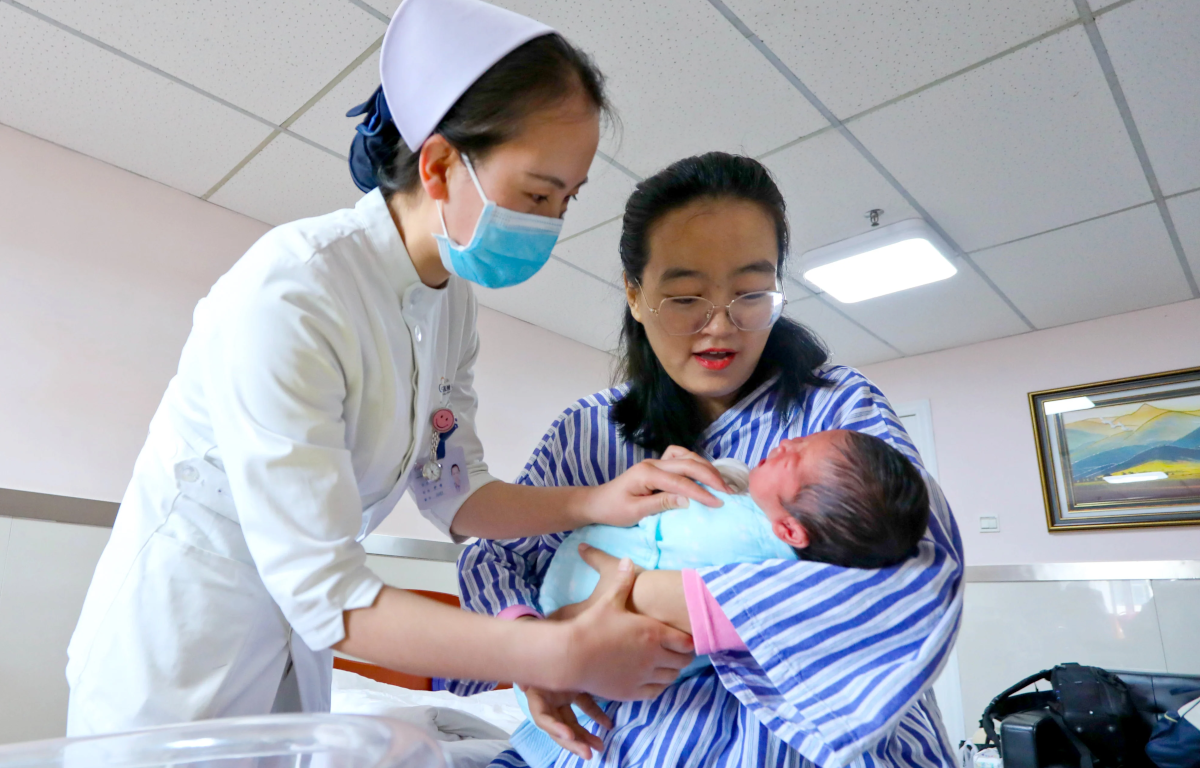
One of the central factors contributing to China’s demographic predicament is its rapidly aging population. The One-Child Policy, which was implemented in the late 1970s and relaxed to a Two-Child Policy in 2015, has had far-reaching effects on the country’s birth rates. Although the policy was intended to control population growth, its unintended consequences have come to the forefront.
The demographic reality is that China’s population pyramid is becoming increasingly skewed towards the elderly. A larger aging population places pressure on the healthcare system, pension funds, and social welfare programs. With fewer young people entering the workforce to support these programs, the sustainability of such systems comes under question.
China’s ‘abysmal’ demographic outlook has significant economic implications. The shrinking workforce, combined with an aging population, might lead to a decline in China’s economic productivity. A dwindling workforce can slow down economic growth as there are fewer people contributing to the labor force, innovation, and overall economic activity.
Furthermore, the changing age structure could potentially affect consumer behavior. Older populations tend to spend less and save more, which could impact various sectors such as retail, real estate, and entertainment.
The gender imbalance resulting from decades of the One-Child Policy has created a generation with a disproportionate number of males compared to females. This imbalance has led to societal challenges such as difficulties in finding suitable marriage partners for men, and concerns over increased competition for jobs and resources.
Additionally, the role of women in China’s society is evolving. Women are now more educated and career-focused, which has contributed to the declining birth rates as they prioritize personal and professional development over starting families.
Recognizing the gravity of the situation, the Chinese government has taken steps to encourage families to have more children. These measures include relaxing birth restrictions, offering parental leave benefits, and promoting a family-friendly environment. However, reversing demographic trends is a complex task that requires time and comprehensive policies.
In the coming decades, China’s demographic trajectory will have far-reaching implications. The government’s ability to adapt to the changing landscape and implement effective policies will play a crucial role in shaping the nation’s future. The challenge lies in finding a delicate balance between addressing economic and social concerns while respecting individual choices and aspirations.
China’s demographic outlook, once a cornerstone of its economic prowess, is now raising alarm bells. The aging population, declining birth rates, and gender imbalances are posing challenges that demand careful consideration and innovative solutions. While the road ahead is daunting, China’s history of adaptability and resilience suggests that with strategic policies and societal cooperation, it may navigate through these demographic headwinds and continue to evolve on the global stage.










Share this: